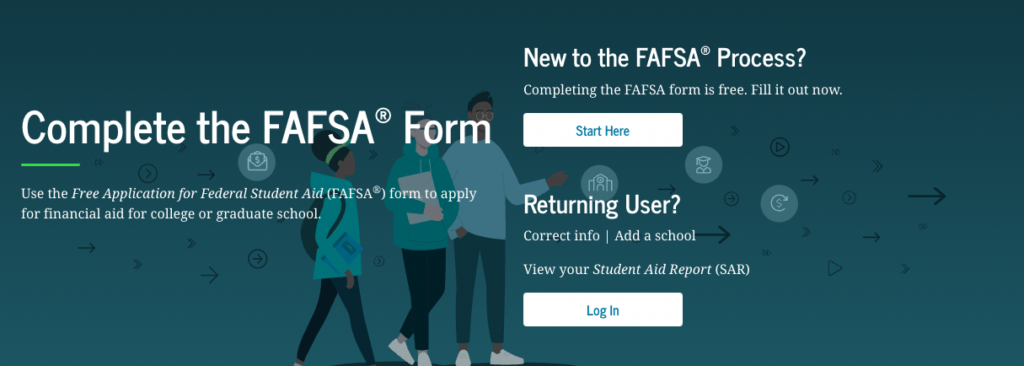
Based on legislation that passed last year, it’s now a requirement for every graduating senior in California to submit an application for college financial aid — or take steps to opt out.
Grants and low-interest loans have long been available at the federal and state levels as a way to make college more accessible and affordable. But experts say California still ranks around 30th in the nation in application rates, leaving roughly $550 million on the table each year.
Assembly Bill 469, signed by Gov. Gavin Newsom in October 2021, was intended to maximize the number of students who apply for and receive funding for higher education. It specifically requires school districts, county offices of education and charter schools to make sure all 12th-graders complete and submit a Free Application for Federal Student Aid, a California Dream Act Application, or a district-provided opt-out form beginning in 2022-23.
The legislation says local agencies should be given direction and discretion on how to assist families and students in filling out their financial aid documents. Here’s a little more information about the applications and the opt-out option.
Free Application for Federal Student Aid
The Free Application for Federal Student Aid, or FAFSA, is the main form that most students will use to apply for college financial aid.

According to the College Board, more than 13 million students submit FAFSA forms every year and receive more than $120 billion in grants and low-interest loans from the U.S. Department of Education. That includes federal Pell grants, which don’t have to be repaid.
But even Pell grants often go unclaimed. In fact, an analysis from the National College Attainment Network showed that the class of 2021 left an estimated $3.75 billion on the table.
FAFSA applicants must be U.S. citizens, permanent residents or qualifying non-residents. Students can learn more and apply directly on the Federal Student Aid website.
California Dream Act Application
Undocumented students and others who meet non-resident exemption requirements under Assembly Bill 540 can pursue college funding through the California Dream Act Application, or CADAA. Also eligible are individuals who have held DACA status, U visa holders and those with Temporary Protected Status.
CADAA allows students interested in attending eligible community colleges, universities and career education programs to apply for state financial aid. Candidates can find more information on eligibility requirements and start the process on the California Student Aid Commission website.
How to opt out
Students and families who choose not to complete a financial aid application must complete a valid opt-out form provided by their school district. To pursue this option, parents, legal guardians or students who are 18 years of age or older should contact their school or district office.
